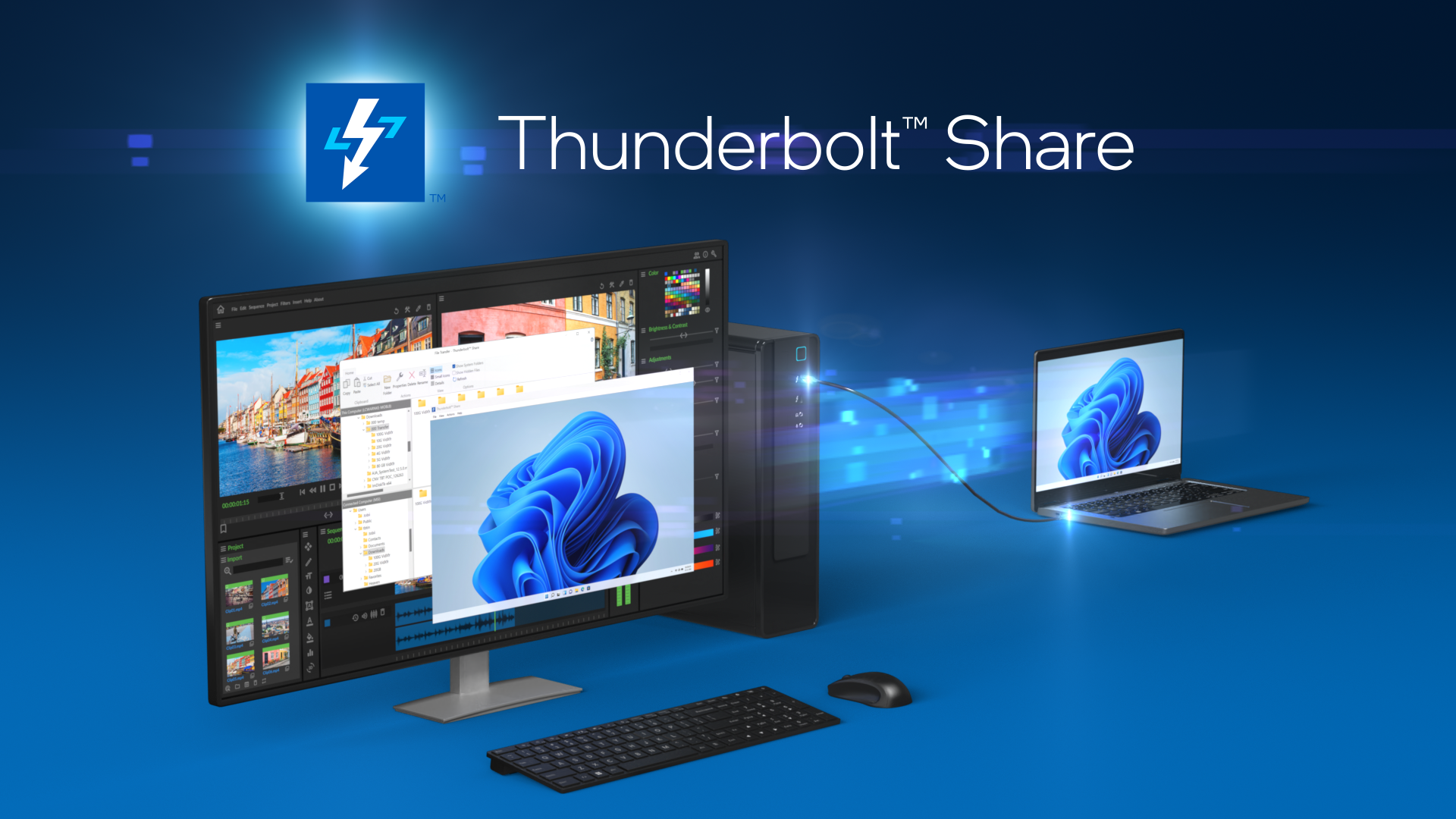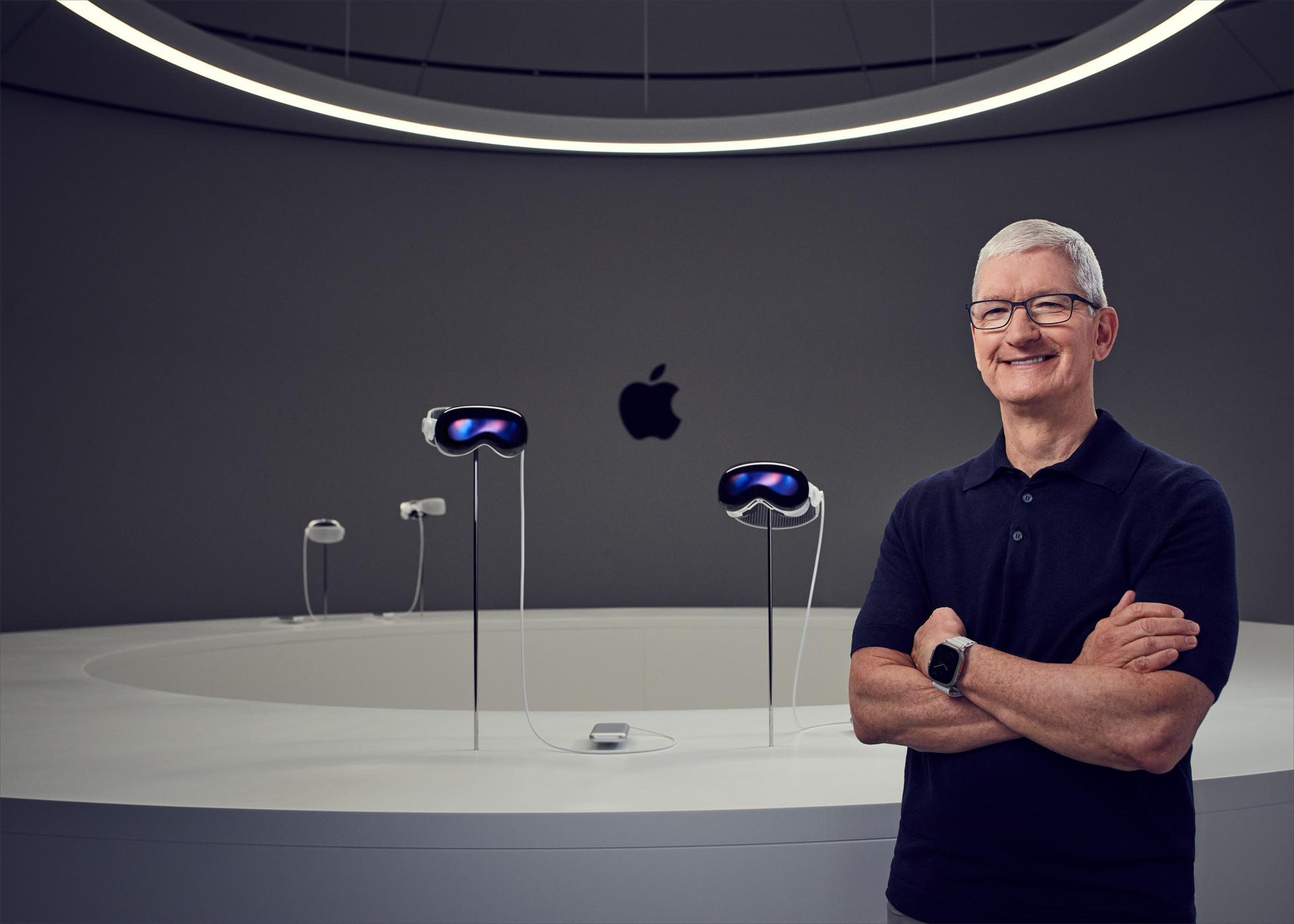Intel Thunderbolt Share: The powerful PC-to-PC connection software is frustratingly elusive, but you don't need a new laptop to use it
Ticking all the boxes to pair with Thunderbolt Share is too rare

According to the global data site Statista, about 30 billion devices are connected to the internet, but trying to get one PC to talk to another one right next to it via a cable has long been a quirky quest. If you've ever needed to transfer files between two laptops, you likely know this pain.
On the Apple side, decades before AirDrop, one could connect Macs using serial port devices that connected to ordinary phone wires to link two computers together using the AppleTalk protocol. Years later, Apple would enable a FireWire Target Disk mode that allowed one Mac to access another's hard drive when connected by FireWire. Ultimately, it brought similar functionality to USB-C and Thunderbolt (with the latter requiring a reboot on Macs with Apple silicon.)
Many tech-savvy folks also know that you can connect two PCs with Ethernet ports using a crossover cable, and while you can still find an Ethernet port on some business laptops, gaming laptops, and workstations, they are hardly common in 2025. For many years, popular file transfer programs such as LapLink were bundled with serial cables and modified to allow communication between two PCs. Today, USB cables from companies such as Plugable and j5Create (using the Wormhole brand) sell USB cables that include a lump of electronics and integrated software to handle the task.
All of this is to say that PC-to-PC communication has long been a convoluted process, but there's one modern solution that should have fixed all that.
Thunderbolt is everywhere
With Thunderbolt emerging as the one connection to rule them all (Thunderbolt 5 can deliver data at up to 80 Gbps, video at up to 8K resolution, and power up to 240 watts), you’d expect that plugging a cable into two PCs’ Thunderbolt ports would be an instant fast connection between them.
Not so, at least, that was the case before Intel announced Thunderbolt Share. Connecting two PCs with Thunderbolt 4 or 5 ports while the software is running presents options that let you drag and drop files between the PCs, sync folders, transfer data to a new PC, or control a PC with the other one’s keyboard and mouse.
Not so fast
That’s all great functionality, but there are a lot of caveats. First, while Intel freely shares the Thunderbolt Share app, Thunderbolt Share capability isn't free for PC manufacturers; at least one of the paired PCs must have its Thunderbolt ports licensed explicitly for Thunderbolt Share. That disqualifies all Thunderbolt-equipped Macs and Chromebooks. (It also requires Windows 11.) But Thunderbolt Share certification is even quite rare on new PCs.
Stay in the know with Laptop Mag
Get our in-depth reviews, helpful tips, great deals, and the biggest news stories delivered to your inbox.
First off, it’s unlikely to show up on Qualcomm/ARM64 and AMD PCs for the foreseeable future. As for Intel PCs, even the recent Lenovo ThinkPad X1 Carbon Gen 13 Aura Edition that Lenovo “imagined with Intel.” lacks the feature. At least Intel has created a practical logo for the technology that should help identify compatible products.

These are still early days for Thunderbolt Share, which Intel announced on May 15, 2024. At least among Intel-powered Windows PCs, we’re sure to see more PCs supporting it ship throughout 2025.
How to use Thunderbolt Share without upgrading your laptop
Can’t wait? The good news is that monitors and docks can also be certified, which means the attached PCs don’t need to be. The OWC Thunderbolt Go Dock and Cable Matters 16-in-1 40Gbps Thunderbolt 4 Dock with Thunderbolt Share are two such examples. But like many Thunderbolt peripherals, they come at a premium. The Cable Matters dock is over $200, and the OWC dock is $300. In addition, using docks and monitors removes the simplicity of using a simple cable.
While they’ve only just started to support the USB-C connector, today’s specialized USB cables that allow PC-to-PC sharing will likely upgrade to Thunderbolt at some point. Perhaps they will license Thunderbolt Share or offer another option. Because, while Thunderbolt Share seems like an ideal PC-linking option when it’s available, far too few share the option with their users.
MORE FROM LAPTOP MAG

Ross Rubin is the founder and principal analyst at Reticle Research. Ross has been an industry analyst focusing on innovation in the technology, media and telecom markets for over 20 years. Prior to founding Reticle Research, he was executive director and principal analyst at The NPD Group, where he provided analysis on a wide range of technology topics and led research spanning devices, access and content. You can follow him on X and Threads @rossrubin.
You must confirm your public display name before commenting
Please logout and then login again, you will then be prompted to enter your display name.
